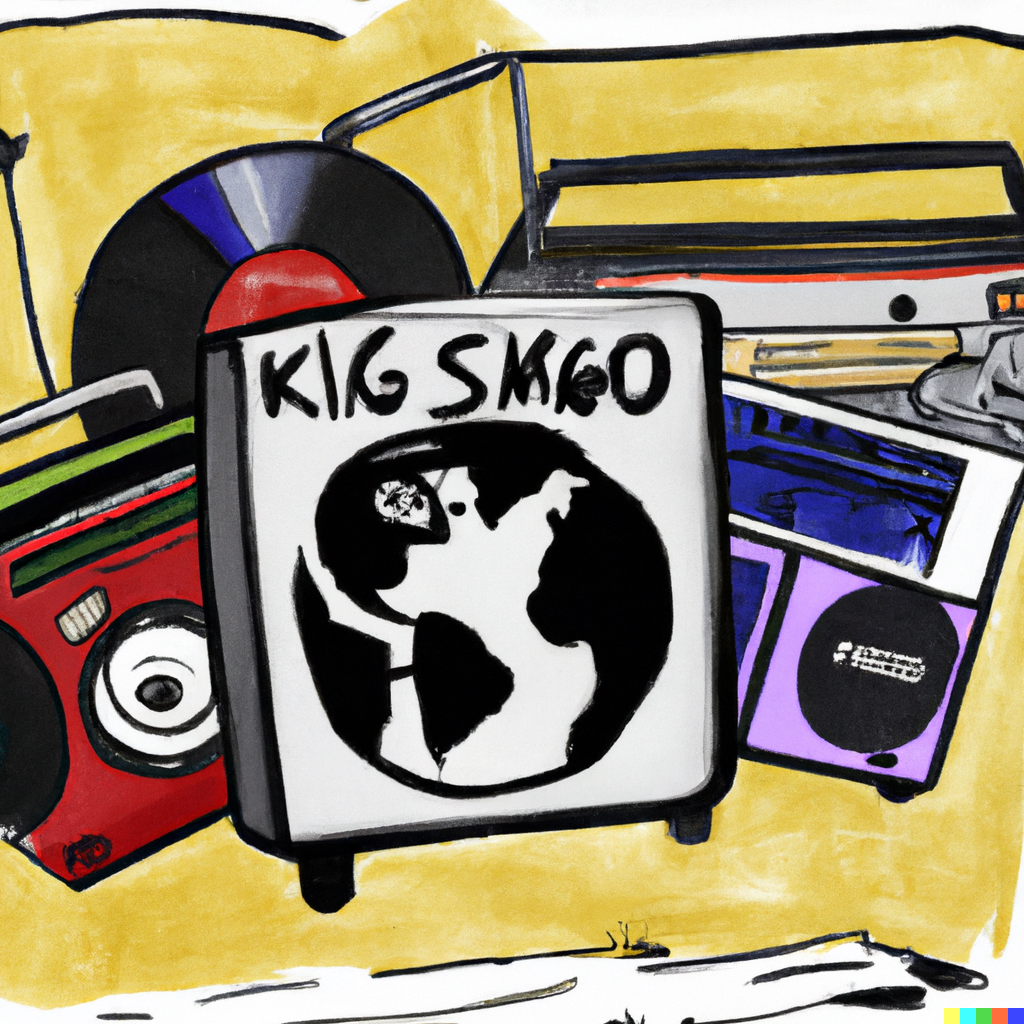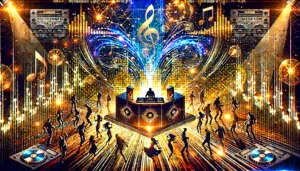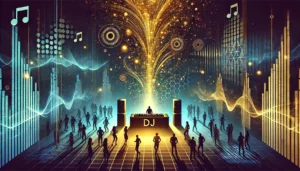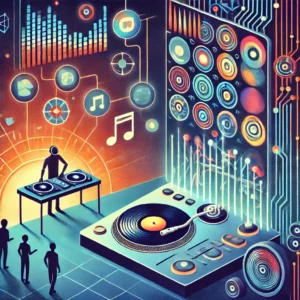The history of electronic music dates back to the late 19th century, with the development of the first electronic musical instruments. Over the course of the next century, electronic music continued to evolve and develop, eventually leading to the creation of entirely new genres and subgenres.
One of the earliest electronic musical instruments was the Telharmonium, invented by Thaddeus Cahill in the late 1800s. This massive instrument generated sound by using dynamos to convert electrical signals into mechanical vibrations. It was so large that it had to be housed in a special building, and was used primarily for experimental and demonstration purposes.
In the early 20th century, several other electronic instruments were developed, including the theremin, which is played by waving one’s hands near two metal antennas, and the Ondes Martenot, which uses a keyboard and a ribbon controller to produce sound.
It wasn’t until the 1950s and 60s that electronic music began to gain widespread popularity, thanks in large part to the work of pioneers such as Karlheinz Stockhausen, Pierre Schaeffer, and Robert Moog. Stockhausen and Schaeffer were both experimental composers who explored the potential of electronic sound, while Moog invented the first commercially available synthesizer, which allowed musicians to generate and manipulate sound in entirely new ways.
In the 1970s, electronic music began to fragment into a wide variety of genres and subgenres. One of the most influential of these was disco, which was characterized by its use of electronic beats and synthesizers, as well as its association with dance clubs and nightlife.
As the 80s and 90s progressed, electronic music continued to evolve and develop, with the emergence of new genres such as techno, house, and trance. These genres were characterized by their use of repetitive beats and electronic instrumentation, and were often associated with underground dance scenes and rave culture.
In recent years, electronic music has continued to evolve and adapt to new technologies and cultural influences. The rise of digital production tools and online distribution platforms has made it easier than ever for aspiring musicians to create and share their own electronic music, leading to a more diverse and dynamic electronic music scene than ever before.
Overall, the history of electronic music is a story of constant innovation and experimentation, as musicians and technologists continue to push the boundaries of what is possible with sound and technology. From the earliest experiments with electronic sound to the cutting-edge productions of today, electronic music has remained a vital and vibrant art form, continually redefining what it means to create and experience music.
Electronic Music Map : Map by Ishkur
If you want to read more about it : DJ Mag : 11 books about electronic music




